Sustainable luxury travel is no longer a niche concept. It is becoming the standard for travelers who seek comfort without compromising responsibility. From cutting-edge yachts to heritage hotels, the industry is responding with bold new ideas that balance indulgence with impact. Today’s travelers want authenticity, cultural connection, and assurance that their choices protect the planet. Around the world, innovators in hospitality and design are proving that luxury and sustainability can thrive together.
Innovation on the Water
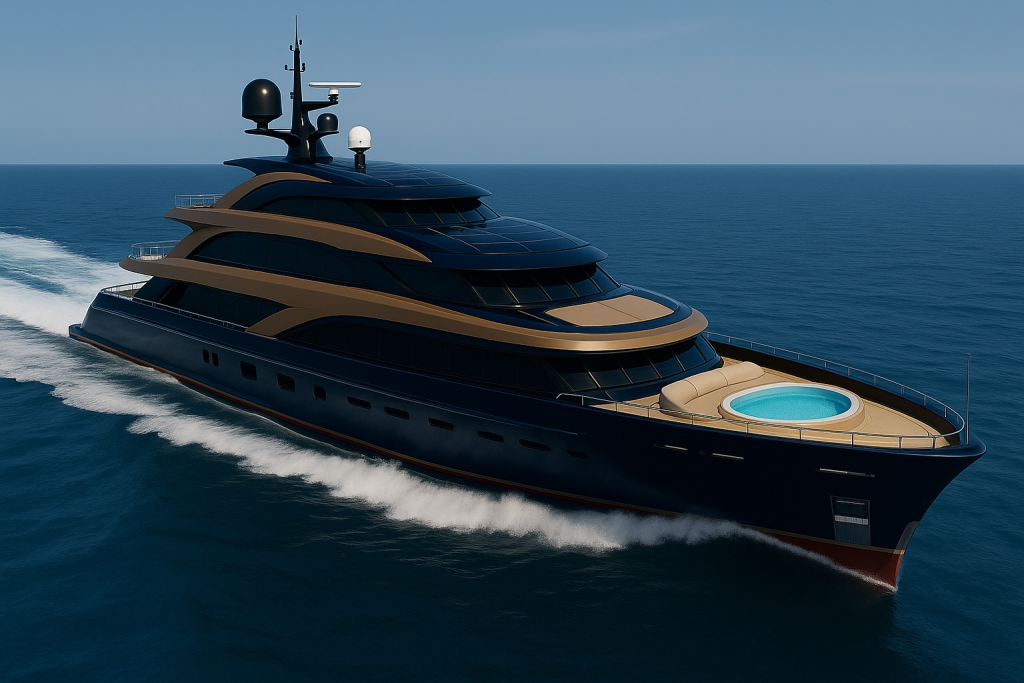
In Florida, Altitude Water and RM Design Pro are changing the future of yachting. Their hybrid SXR 68 XL will be the first U.S.-built yacht to generate its own drinking water from air. Using atmospheric water generation (AWG), the vessel eliminates the need for bottled water or seawater desalination. Combined with hybrid propulsion, solar regeneration, and AI-based controls, it sets a new standard for off-grid luxury.
“This is more than a yacht, it’s an off-grid, energy-efficient vessel that produces clean drinking water without relying on desalination or bottled water,” said Jeff Szur, Founder and COO of Altitude Water.
Unlike conventional reverse osmosis systems, the integrated AWG unit creates fresh water without plumbing to the sea. It also reduces corrosion and avoids the waste associated with plastic bottles. Designed and built entirely in the United States, the yacht meets U.S. Coast Guard and Environmental Protection Agency standards, ensuring it is charter-ready from launch.
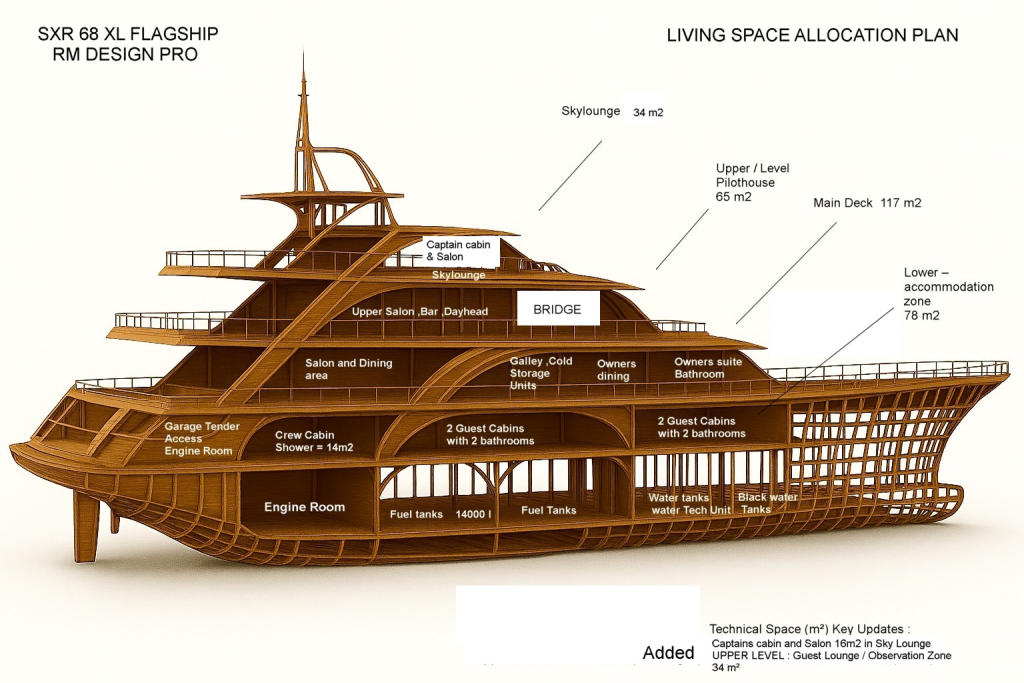
The project was guided by M2 Holistic Studio, a firm known for combining wellness and sustainability in luxury environments. As designer Rogerio Mariani of RM Design Pro explained,
“After several meetings with the Altitude team, it became clear we weren’t just improving this vessel, we were creating a system that could help transform the yachting experience.”
With its solar regeneration and modular design, the SXR 68 XL demonstrates how sustainable luxury travel can extend to life at sea. Details at altdwater.com.
Protecting Sea Life in Cancún


In Mexico, one resort group has shown how hospitality can serve as a force for biodiversity. Sunset World Group has participated in the Sea Turtle Protection Program since 2009, with results that underscore long-term commitment. Over fifteen years, the program has protected 161,374 eggs and released 125,005 turtles, including green, loggerhead, and even hawksbill species.
During the 2024 season alone, 21 nests with 2,030 eggs were protected, and 1,810 hatchlings made it safely to the sea. Resort staff are trained annually to collect eggs, monitor corrals, and release the young turtles. Guests often witness these releases, making conservation a visible part of the travel experience.
“The Sea Turtle Protection Program is a high priority for Sunset World Group, since sea turtles are classified as endangered species under national legislation,” said Enrique Caldas, Corporate Security Manager.
He added that humans remain their greatest threat, from exploitation to ocean plastics.
This program is just one example of the company’s environmental focus. Sunset World hotels also use renewable energy from wind farms and geothermal plants. By linking luxury hospitality with conservation, the group ensures that visitors experience both the beauty of Cancún and the biodiversity that sustains it. Guests can learn more about Sunset World’s conservation initiatives at sunsetworldresorts.com.
Global Hospitality Leadership
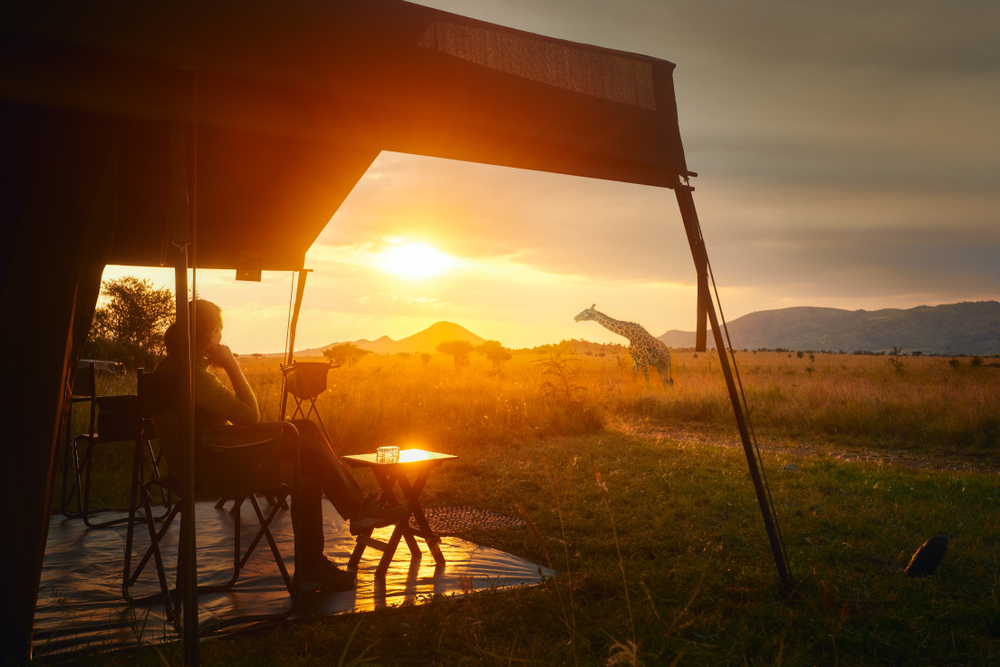
Some of the most important progress in sustainable luxury travel comes through collaboration. Beyond Green, a global portfolio of sustainable hotels and resorts, has grown to more than 50 member properties across 22 countries. In late 2024, it welcomed nine new properties, including andBeyond lodges in South Africa and Tanzania.
“Each property in our portfolio offers travelers the assurance that their choices support meaningful change, all while providing exceptional service and unforgettable experiences,” said Lindsey Ueberroth, CEO of Beyond Green.
Member properties must meet strict sustainability indicators, from protecting cultural heritage to improving social and economic well-being in local communities. Guests can also earn loyalty rewards through the I Prefer Hotel Rewards program, making sustainable choices more accessible.
This growth highlights how sustainable luxury travel has become a global movement. From African safaris to boutique hotels, the portfolio demonstrates that travelers no longer need to choose between responsibility and refinement. Bookings and member property details at staybeyondgreen.com.
Adaptive Reuse in Luxury Travel
Heritage and sustainability also meet through adaptive reuse—the practice of restoring and reimagining historic or purpose-built structures. Instead of constructing new resorts, developers are turning to architectural legacies that connect travelers with the past. Four hotels in Europe, Asia, and the Americas illustrate this approach.
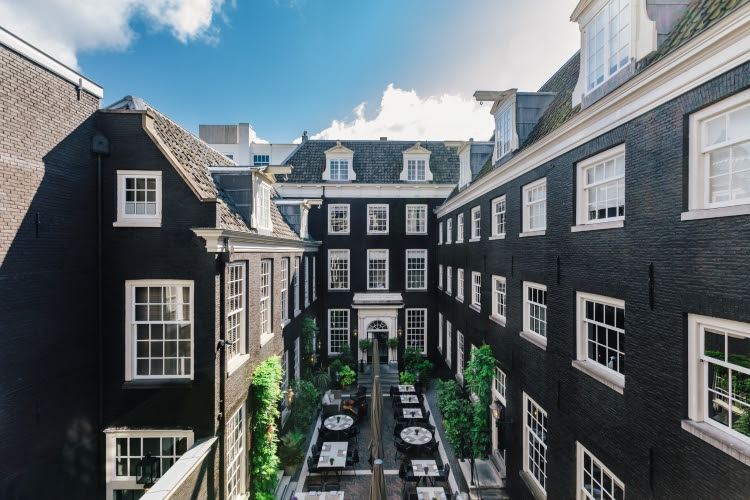
The Dylan Amsterdam occupies the site of the city’s first stone theater, built in 1638. After centuries of transformation, including use as a Catholic charity office, the site was reborn in 1999 as a boutique hotel. Guests today can stay in stylish rooms behind a 17th-century canal gate, dine at the Michelin-starred Restaurant Vinkeles in a former bakery, and experience a revived tradition of annual theatrical performances. With Green Globe Gold certification, the hotel proves that heritage and low-impact design can exist side by side.
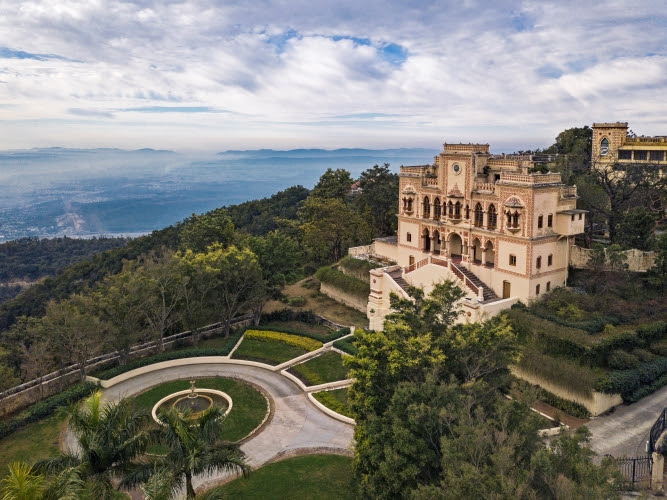
Ananda in the Himalayas, in India’s Uttarakhand region, is set within a palace once visited by Gandhi. Restored and reimagined as India’s first destination spa, it blends regal architecture with Ayurvedic wellness. A recent renovation introduced new suites and enhanced design elements, marking 25 years of innovation. Spiritual leaders once meditated here; today, guests experience yoga, sound healing, and traditional therapies within a palace setting.

Hotel Belmar in Costa Rica’s Monteverde cloud forest shows how purpose-built hotels can still embrace adaptive reuse principles. Founded in 1985, it was inspired by alpine guesthouses and built with native hardwoods. A recent renovation preserved the original character while adding sustainable upgrades and local artistry. Guests can visit its carbon-neutral farm, join art residencies, and explore the forest through immersive experiences.

The Imperial Hotel, Kyoto, opening in 2026, is transforming the 1936 Yasaka Kaikan theater into a luxury hotel. The restoration preserves 16,387 original tiles through a traditional Japanese technique called ikedori. With 55 rooms and design led by New Material Research Laboratory, the property will honor Kyoto’s cultural soul while offering modern comforts. For Japan, it represents a rare example of preservation-led luxury hospitality.
These projects reveal how adaptive reuse can enrich sustainable luxury travel. Guests stay in spaces that tell stories, connecting personal journeys with cultural heritage.
The Future of Sustainable Luxury Travel
Taken together, these examples demonstrate the breadth of sustainable luxury travel today. It can be a yacht that creates its own drinking water, a resort releasing baby turtles, a global network of vetted hotels, or a historic theater reborn as a sanctuary for modern travelers.
Sustainable luxury is not a sacrifice. It is an evolution where innovation and indulgence support the environment and communities alike. Travelers are increasingly drawn to places where their choices matter, and where every detail reflects responsibility as well as beauty.
As the industry continues to evolve, the message is clear: sustainable luxury travel is not just a trend. It is the future of exploration, ensuring that the destinations we love remain vibrant for generations to come.
